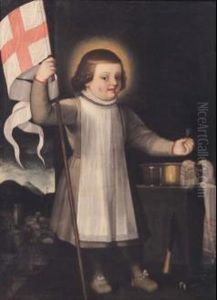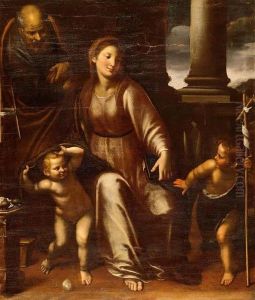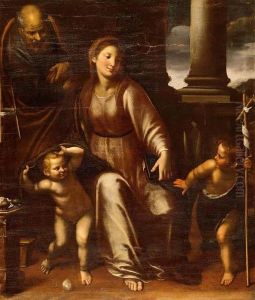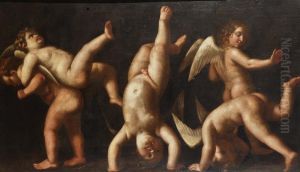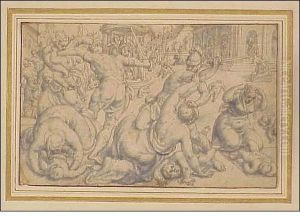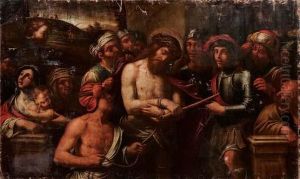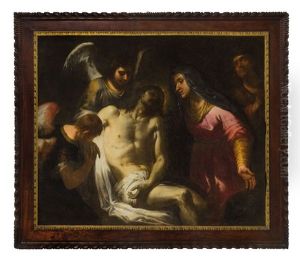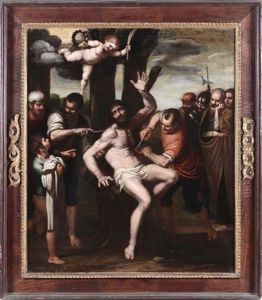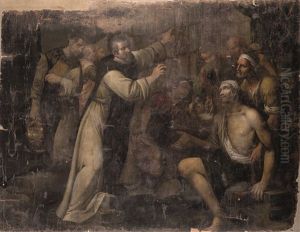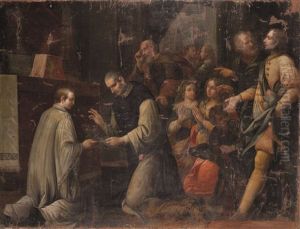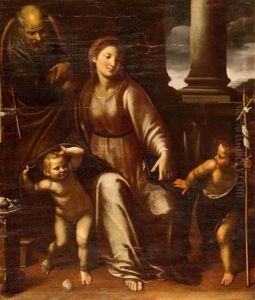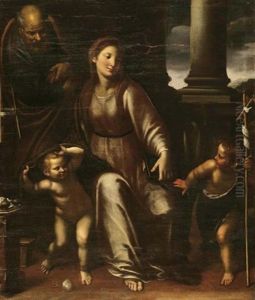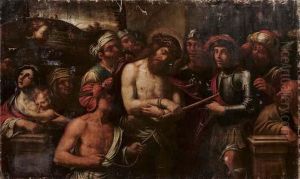Giovanni Domenico Cappellino Paintings
Giovanni Domenico Cappellino was an Italian painter born in 1580 in Genoa, Italy, a region known for its rich artistic heritage during the late Renaissance and Baroque periods. Cappellino was a prominent figure in the Genoese art scene, contributing significantly to the development of Baroque painting in the region. His work is characterized by its dynamic compositions, vivid use of color, and the emotional intensity of its figures, which reflect the broader trends in Baroque art towards dramatic expressiveness and complexity.
Cappellino's artistic journey was deeply influenced by the prevailing artistic currents of his time and by the work of his contemporaries and predecessors. He was particularly influenced by the works of more prominent Genoese painters such as Bernardo Strozzi and Giovanni Benedetto Castiglione, whose styles helped shape the distinctive approach to Baroque painting in Genoa. Cappellino's contributions to the art world were primarily in religious and historical paintings, which were popular among the patrons of the period. His paintings often featured biblical scenes, saints, and episodes from classical mythology, rendered with a keen attention to detail and a deep understanding of human emotion.
Despite his contributions, Giovanni Domenico Cappellino remains a somewhat lesser-known figure outside of Italy, overshadowed by the more famous artists of his era. However, his works are preserved in several Italian museums and churches, serving as testament to his skill and artistic legacy. Cappellino's ability to imbue his paintings with a sense of drama and emotional depth, while adhering to the stylistic nuances of the Baroque period, makes his work an important part of Italy's cultural heritage.
Cappellino's death in 1651 marked the end of a career that had spanned over seven decades, during which he had seen the evolution of Italian art from the late Renaissance through the full flourishing of the Baroque. His legacy, though not as widely recognized as that of some of his contemporaries, remains significant for art historians and enthusiasts interested in the development of Baroque painting in Genoa and the broader Italian peninsula.
